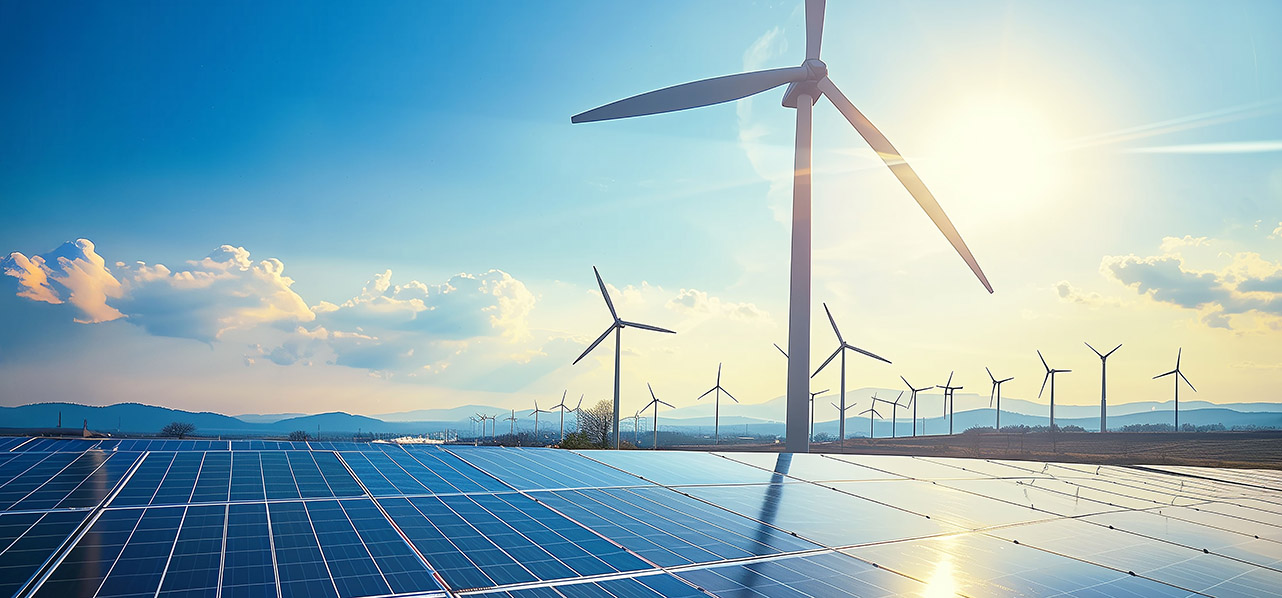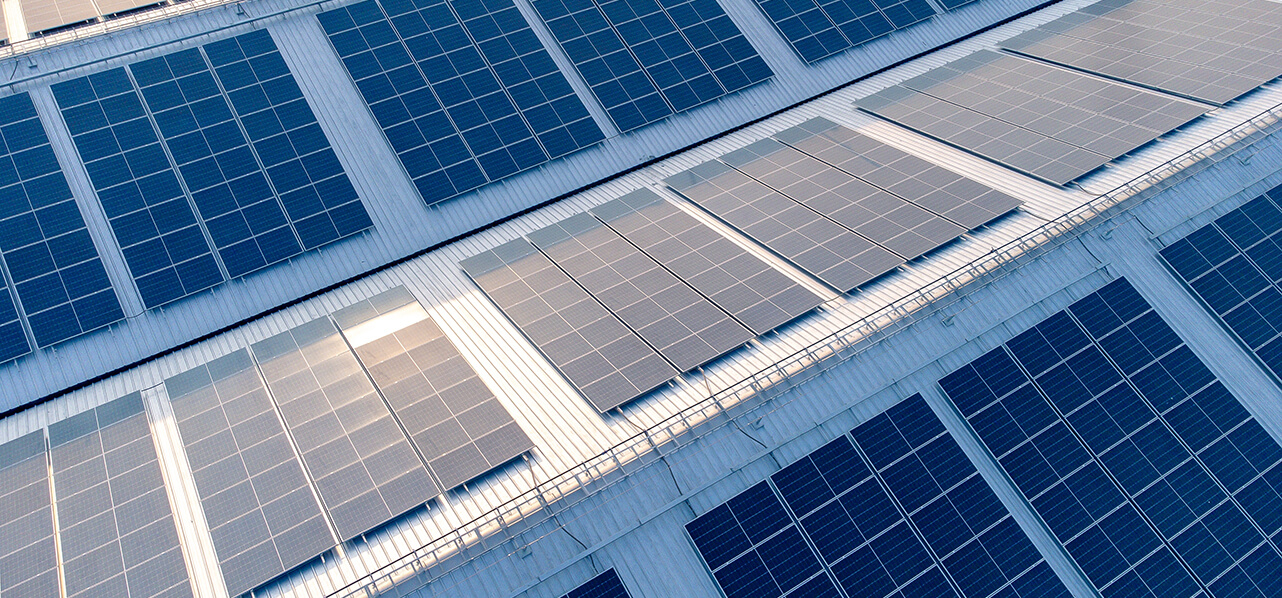Part 1 – the practical implications
Deep-sea mining has become a hot topic in recent months.
Part 1 of our series of articles examines why now and also what is required to make it happen in practical terms. Part 2, which will follow shortly, will discuss the legal and regulatory challenges of deep-sea mining and the numerous environmental, social and governance (“ESG”) risks it presents.
Why now?
The International Seabed Authority (“ISA”), a UN body, held their 26th Meeting of the Council in Kingston, Jamaica, between 6 – 10 December 2021 and their Assembly meeting between 13 – 15 December 2021, to agree a route for finalising regulations by July 2023 that would allow the undersea mining of cobalt, nickel and other metals to go ahead.
In scheduling the meeting, in spite of protests from a number of countries, the Secretary General of the ISA claimed that it must adopt the regulations by July 2023 because the Pacific Island nation of Nauru had triggered a so-called ‘two year rule’ in the UN Convention on the Law of the Sea (UNCLOS) in 2021 which requires the ISA to do so. However, many member countries of the ISA Council and scientists have warned that biodiversity loss in the deep ocean would be inevitable and irreversible if the ISA permits deep-sea mining to occur.
What we know so far
The issues around deep-sea mining are summarised neatly by the International Union for the Conservation of Nature (“IUCN”) as follows:¹








